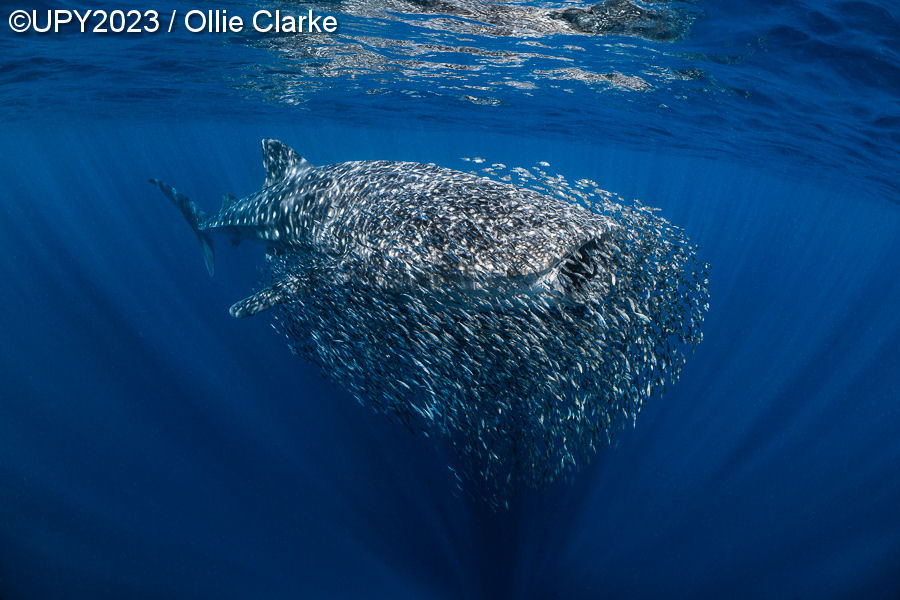I’m sure every generation writes lots of articles like Freddie deBoer’s It’s So Sad When Old People Romanticize Their Heydays, Also the 90s Were Objectively the Best Time to Be Alive. But hear me out. This is the impassioned, forceful, yet balanced Gen X take I wish I had the skill and wherewithal to write. It is a balm to the nostalgic soul in a way that somehow doesn’t feel like cringey old-person fanfic.
Here he is on the experience of visiting a record store:
When you were there you were Doing Music. Now we’re never doing anything—we’re always getting through something to get to something else to get through, using various time-saving techniques that maximize the amount of time we have to get through things while keeping our attention divided into a thousand things we then get through. When you went to a record store you were intent on music, and sometimes, you’d care enough about a particular artist that you paid for their album, real money, so that the artist got a cut that was more than the .002 cents they get per stream now.
This reminds me of the question Alan Jacobs asks: What exactly are we’re rushing towards with all our 2x listening and cliff notes skim-reading?
My question about all this is: And then? You rush through the writing, the researching, the watching, the listening, you’re done with it, you get it behind you—and what is in front of you? Well, death, for one thing. For the main thing.
But in the more immediate future: you’re zipping through all these experiences in order to do what, exactly? Listen to another song at double-speed? Produce a bullet-point outline of another post that AI can finish for you?
Maybe the 90s have a thing or two to teach us yet.

